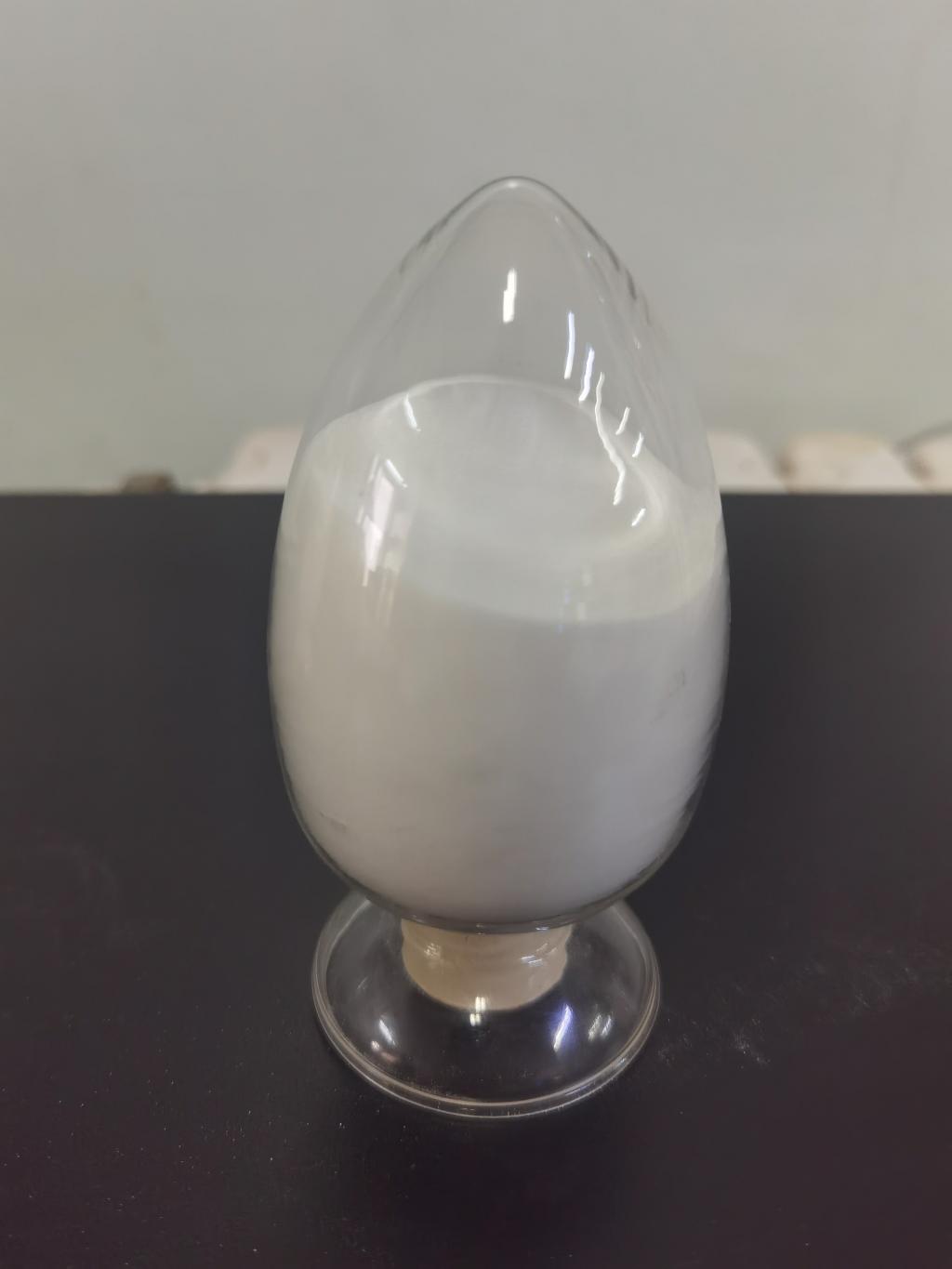Tel:+8618231198596

News
 CONTACT
CONTACT
 CONTACT
CONTACT
- Linkman:Linda Yao
- Tel: +8618231198596
- Email:linda.yao@dcpharma.cn
- Linkman:CHARLES.WANG
- Department:Overseas
- Tel: 0086 0311-85537378 0086 0311-85539701
News
Current Position:
Home >
News
>ε-Polylysine Hydrochloride in Veterinary Medicine: Safeguarding Animal Health
ε-Polylysine Hydrochloride in Veterinary Medicine: Safeguarding Animal Health
TIME:2024-01-30
I. The Importance of Animal Health in Veterinary Medicine:
Role of Veterinary Medicine:
Veterinary medicine encompasses the prevention, diagnosis, and treatment of diseases and injuries in animals. It plays a vital role in maintaining the health of livestock, ensuring the well-being of pets, and contributing to the conservation of wildlife.
Challenges in Animal Health:
Animals face a variety of health challenges, including infectious diseases, parasitic infestations, and environmental stressors. Effective veterinary interventions are essential to address these challenges and prevent the spread of diseases within animal populations.
II. Introduction to ε-Polylysine Hydrochloride:
Natural Antimicrobial Peptide:
ε-Polylysine hydrochloride is a naturally occurring antimicrobial peptide derived from microbial fermentation, particularly from strains of Streptomyces albulus. Its primary function is as an antimicrobial agent, inhibiting the growth of various bacteria.
Safe for Animal Consumption:
One of the advantages of ε-polylysine hydrochloride is its safety for consumption by animals. As a naturally occurring substance, it is generally considered safe and has been used in the food industry as a preservative.
III. Antimicrobial Properties of ε-Polylysine Hydrochloride:
Broad Spectrum Activity:
ε-Polylysine hydrochloride exhibits a broad spectrum of antimicrobial activity against bacteria. This property makes it a versatile tool in veterinary medicine, where bacterial infections are common in animals.
Inhibition of Pathogenic Strains:
Studies have shown that ε-polylysine hydrochloride is effective against a range of pathogenic bacteria. Its ability to inhibit the growth of these harmful strains is particularly valuable in preventing and treating bacterial infections in animals.
IV. Applications in Livestock Health:
Prevention of Bacterial Infections:
Livestock, including cattle, poultry, and swine, are susceptible to bacterial infections that can have significant economic implications. ε-Polylysine hydrochloride can be applied to prevent and control these infections, contributing to the overall health of livestock populations.
Feed Preservation:
Incorporating ε-polylysine hydrochloride into animal feed can serve a dual purpose. It acts as a preservative, extending the shelf life of the feed, while also providing a preventative measure against bacterial contamination, promoting healthier livestock.
V. Companion Animal Health:
Prevention and Treatment of Infections:
Companion animals, including dogs and cats, are prone to bacterial infections that can impact their health and well-being. The use of ε-polylysine hydrochloride in veterinary formulations may offer a safe and effective means of preventing and treating these infections.
Topical Applications:
The antimicrobial properties of ε-polylysine hydrochloride make it suitable for topical applications in veterinary care. It can be incorporated into creams, ointments, or wound dressings to help prevent or manage bacterial infections in skin wounds or injuries.
VI. Wildlife Conservation:
Disease Prevention in Captive Populations:
In wildlife conservation efforts, particularly in captive settings, preventing the spread of infectious diseases is paramount. The use of ε-polylysine hydrochloride may contribute to disease prevention in captive populations, helping to safeguard the health of endangered species.
Environmental Impact:
Wildlife in natural habitats can also benefit from the application of ε-polylysine hydrochloride in specific scenarios. For example, in rehabilitation centers, it may be used to prevent the spread of infectious diseases among animals undergoing treatment.
VII. Challenges and Considerations:
Dosage and Administration:
Determining the optimal dosage and administration methods for ε-polylysine hydrochloride in different animal species is a critical consideration. Research is ongoing to establish effective and safe protocols for its use in veterinary medicine.
Integration into Existing Veterinary Practices:
The integration of ε-polylysine hydrochloride into existing veterinary practices requires collaboration between researchers, veterinarians, and industry stakeholders. Demonstrating its efficacy and safety through clinical trials is essential for widespread adoption.
VIII. Ongoing Research and Clinical Studies:
Efficacy in Different Animal Species:
Ongoing research aims to explore the efficacy of ε-polylysine hydrochloride in various animal species. Understanding its effectiveness across different contexts and environments is crucial for tailoring its use to the specific needs of diverse animal populations.
Safety Profiles:
Ensuring the safety of ε-polylysine hydrochloride in veterinary applications involves rigorous testing and monitoring. Ongoing studies are focused on establishing comprehensive safety profiles to guide veterinarians in its use.
IX. Future Perspectives and Innovations:
Combination Therapies:
The future of ε-polylysine hydrochloride in veterinary medicine may involve its integration into combination therapies. Combining it with other antimicrobial agents or traditional treatments may enhance its overall effectiveness in managing animal health.
Collaboration and Knowledge Exchange:
Advancements in veterinary medicine often result from collaborations between researchers, veterinarians, and industry partners. Continued knowledge exchange and collaborative efforts will likely drive innovations in the application of ε-polylysine hydrochloride in safeguarding animal health.
X. Ethical and Regulatory Considerations:
Animal Welfare:
Ethical considerations surrounding the use of ε-polylysine hydrochloride in veterinary medicine include a commitment to animal welfare. Ensuring that its application aligns with principles of responsible and compassionate care is of utmost importance.
Regulatory Approval:
Navigating regulatory pathways is a critical aspect of introducing ε-polylysine hydrochloride into veterinary medicine. Collaborating with regulatory bodies and adhering to established guidelines will facilitate the responsible and safe use of this compound.
Conclusion:
ε-Polylysine hydrochloride, known for its antimicrobial properties, holds promise in transforming veterinary medicine by contributing to the prevention and treatment of bacterial infections in animals. From livestock health and companion animals to wildlife conservation, its applications are diverse and potentially groundbreaking. Ongoing research, clinical studies, and collaborative efforts will continue to shape the future of ε-polylysine hydrochloride in veterinary care, fostering a holistic and sustainable approach to safeguarding the health and well-being of animals around the world.
- Tel:+8618231198596
- Whatsapp:18231198596
- Chat With Skype







